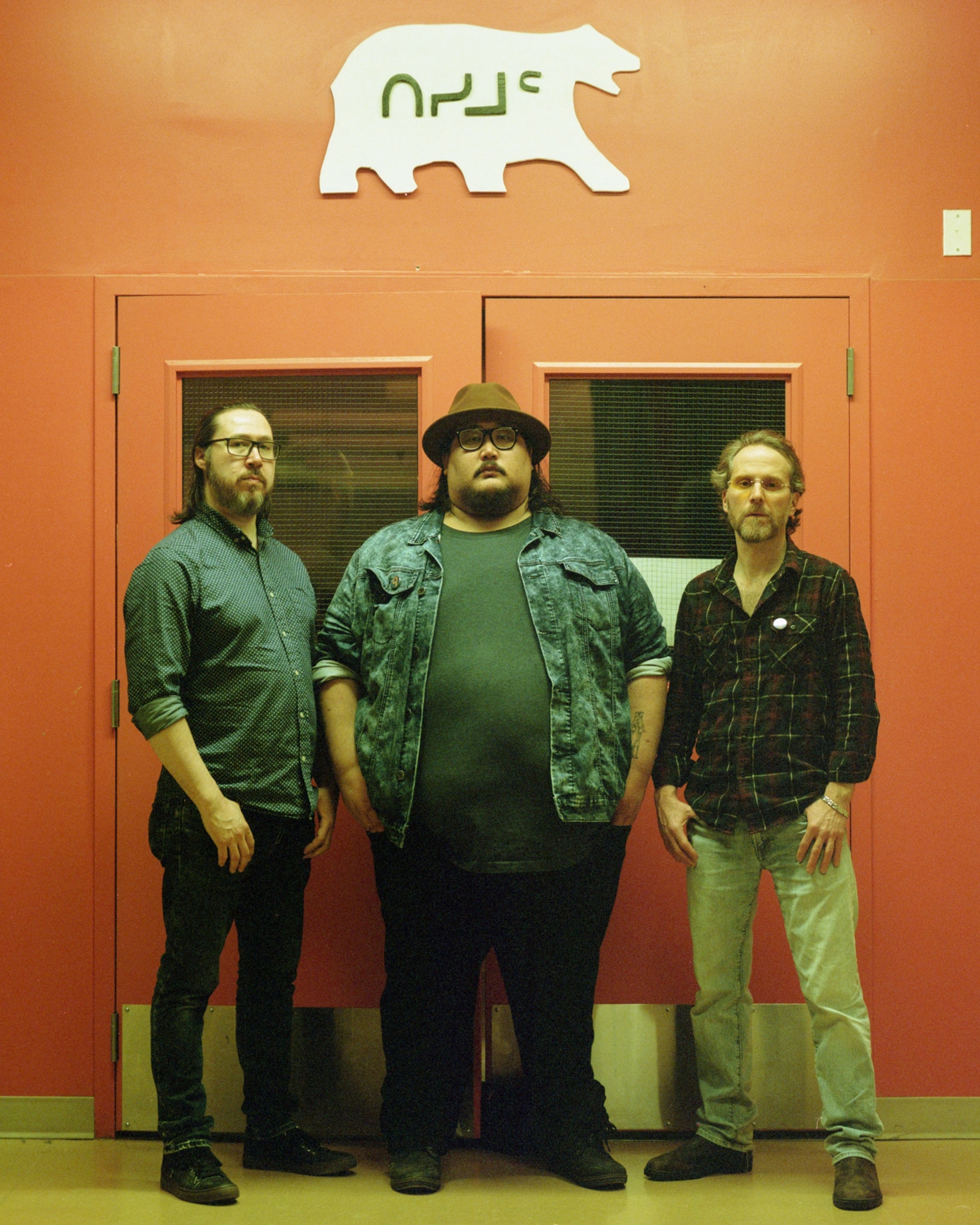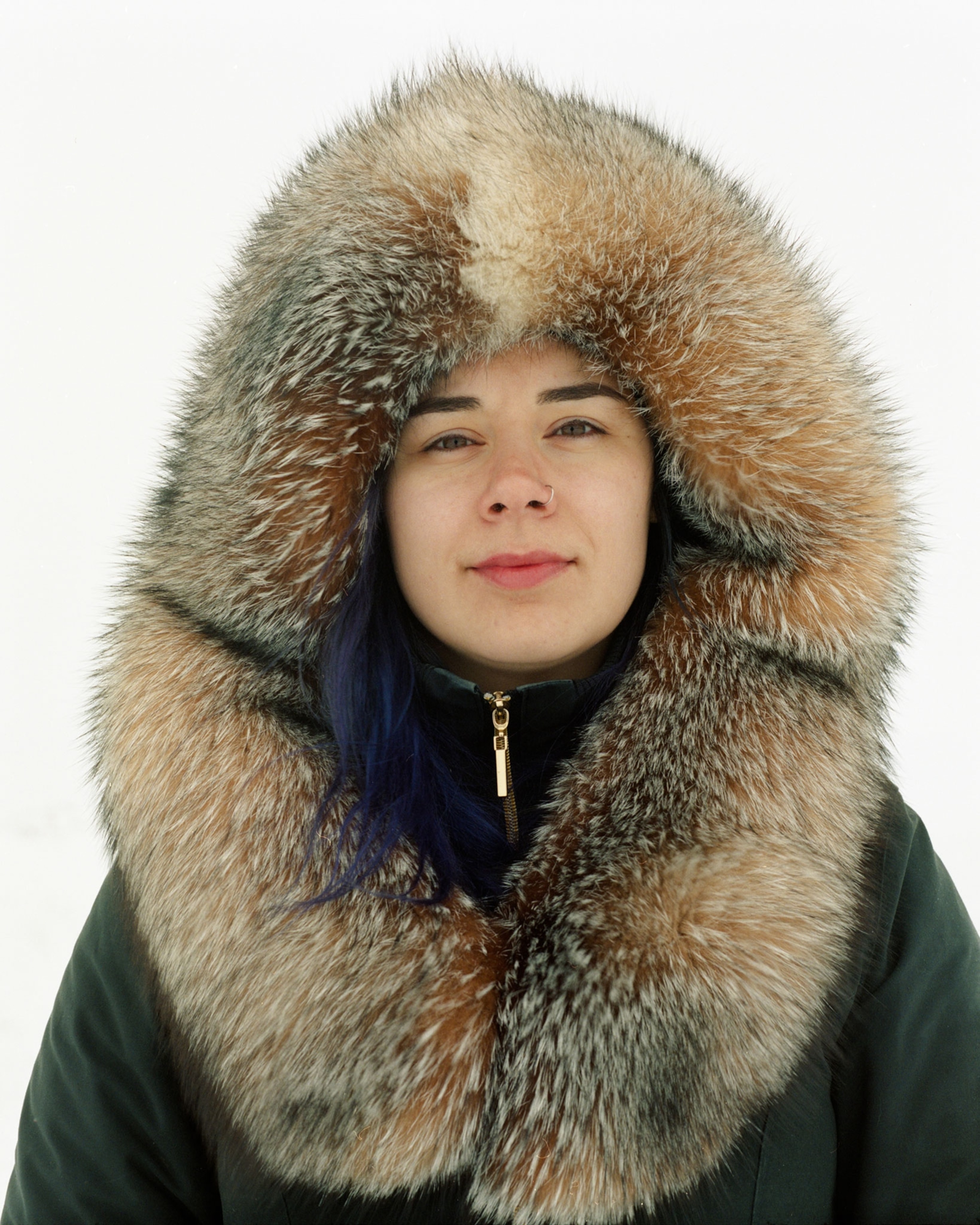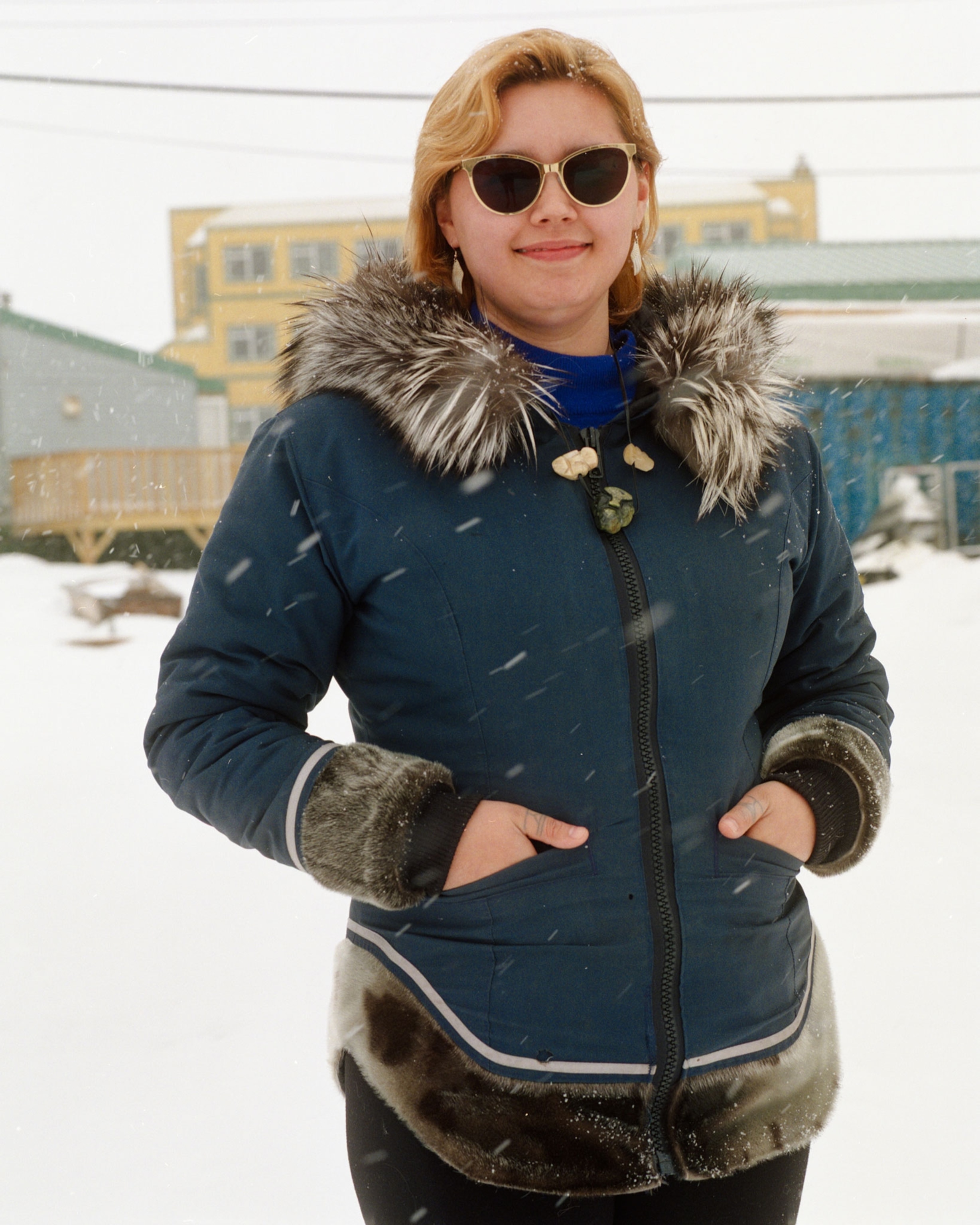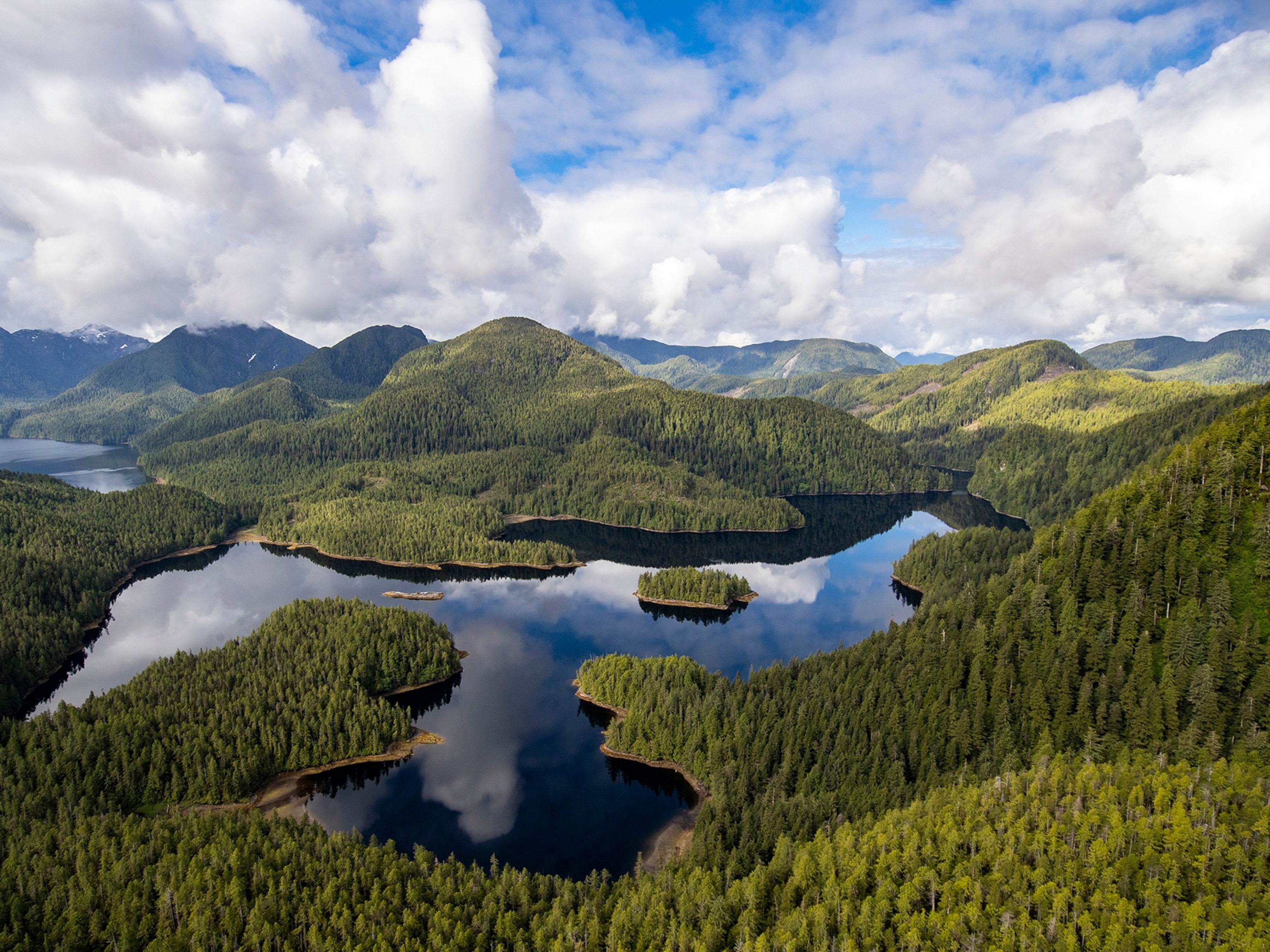On April 1, 1999, the world’s attention turned briefly to the Arctic village of Iqaluit. At midnight, as green flickers of the aurora borealis danced across the sky, fireworks exploded into the frigid air. The Inuit of Canada were celebrating the enactment of the Nunavut Agreement, which established their ancestral land—an icy tundra the size of Mexico with just 25,000 inhabitants and almost no industry, roads or other infrastructure—as a self-governing territory. Under those glowing skies, Canadian Inuit embarked on what is still one of the greatest experiments in indigenous autonomy, one that offers a roadmap for other nations seeking to emerge from the dark history of colonization.
Twenty years after the territory’s inauguration, much has changed. Many of the people who fought for sovereign recognition experienced Canada’s notoriously abusive residential school system: Children were spirited away to distant boarding schools, while parents were forced from their traditional nomadic existence into poorly built government housing. Now young people in Nunavut come of age differently, with one foot in traditional culture and the other in the same Instagram feeds as millennials everywhere else.
Self-governance, while a victory, has not erased the obstacles to building a healthy, prosperous Arctic society. The suicide rate of young Inuit men in Nunavut is 40 times the Canadian average; substance abuse is epidemic; households made up of a dozen or more relatives, few of them fully employed, are not uncommon. Structural racism has by no means disappeared.
But the children of Nunavut, now in their twenties and thirties, refuse to be defined by sorrow or oppression. Young musicians have established Iqaluit, Nunavut’s capital, as a cultural hotspot, where they perform songs marked by a spirit of self-determination and new, modern takes on Inuit life. One of the groups, the internationally acclaimed Jerry Cans, founded Aakuluk, the first record label based in Nunavut.
Below, a few of these ground-breaking musicians tell, in their own words, the story of Nunavut and of their own struggles and victories.

Josh Qaumariaq, 34
Performs as Josh Q & the Trade-Offs
Hometown: Iqaluit
Josh Q has pioneered an “Arctic soul” sound, belting the blues like he’s from Mississippi but singing of hardships that are specific to Nunavut.
It can be really dark here in winter. But it’s not only the weather—we have a lot of darkness in our lives and a lot of suicide. Last year my buddy took his life. It’s ingrained in so many of us, which is crazy. A lot of my songs are about the dark days in my own life. But I have a song called “Qaumariaq,” which means brighten up, or lighten up. It’s about trying to get away from that darkness. Music has helped me so much; if I don’t play often enough, I feel depressed.
In the nineties we had to push just to be recognized as people. Canadians didn’t see us that way, which is why they gave us numbers as names. But we’re starting to get our culture back. There’s a resurgence and I think it’s going to be like that for a while. Twenty is very young still [for the territory]. I hope we get to live in a world where racism isn’t such a thing—that’s what we strive for.

Rita Claire Mike-Murphy, 24
Performs as Riit
Hometown: Panniqtuuq
Riit has brought her electropop sounds to the global stage, once performing for Prince Harry and Meghan Markle. A survivor of an abusive relationship as a teenager, she’s increasingly using her platform to bring the #MeToo movement to the Arctic.
It’s been really eye-opening for me speaking out and seeing how it makes other people more open and honest about it, too. My generation is not afraid to speak out about what’s wrong. We’re getting pretty good at standing our ground.
I think we all have the same vision in Nunavut, but in the younger generation I see way more people who are proud to be Inuk [the singular form of the word Inuit, used when referring to an individual]. We were colonized so recently and I think that left a lot of Inuit feeling unsure of how to be or who to be. It created a lot of hurt and anger and a feeling of being stuck between living a traditional life and a modern life. I definitely struggle to keep that balance, like whether to go to school down south and get a degree or stay home and learn how to sew parkas. It’s a weird position to be in. But in terms of my music, it’s actually great—it’s been really cool exploring throat singing and seeing how I can mix it with modern sounds.

Kathleen Ivaluarjuk Merritt, 31
Performs as Iva
Hometown: Rankin Inlet
Iva blends Celtic-tinged fiddling with throat singing and poetry in her album Ice Lines & Seal Skin.
In Nunavut, the parents of many people my age were born on the land, and almost certainly their grandparents were. Within three generations our way of life has changed forever and that very recent colonial history continues to affect all of us. Still, there is a generational divide—my generation is immersed in the interwebs and has more of a global perspective.
Music is a platform to educate the world about who we are. Because often the media portrays us only with statistics about suicide, addiction, and poverty. You have animal activists around the world that want to ban the seal hunt, making us feel shame for who we are, without understanding the reality of the environment that we have always lived in. But what often isn’t told is that we are strong and resilient. Our people and hunting practices are beautiful. The Nunavut music scene is about to explode on the world stage, but it’s not just about performing. It’s about sharing our culture and creating a stronger future.
Kelly Fraser , 26
Hometown: Sanikiluaq
Nominated for a Juno Award (Canada’s version of the Grammys) last year, Fraser skips seamlessly from rapping and R&B crooning to throat singing and traditional drumming—plus the occasional Inuktitut Rihanna cover.
I’ve been in a band since I was 15. I would tell people, I want to be famous, I want my songs to be played on the radio. And people would say, Inuktitut is a dying language, you won’t be famous because no one will understand you. That pissed me off. Now I’m living off my music. I felt so proud to walk down the red carpet at the Junos. (Here's what we lose when a language vanishes.)
I feel like I leave a big piece of who I am wherever I sing because I’m constantly unpacking the trauma of being from a place where we have been violently assimilated. Inuit were happy to live off the land until the RCMP [Royal Canadian Mounted Police] came and sliced up our sealskin kayaks and killed our sled dogs. The older generation is so used to being oppressed that they are now internally oppressed. Younger people see the direct link to racism and how our self-esteem is tied into it. When I speak out about things like that sometimes I think older people see me as a whiny millennial who won’t shut up. Sometimes I joke that 1993 was the best year ever because Nunavut was created [the agreement was signed in 1993; it took six years to set up the territory’s government] and I, Kelly Fraser, was born.

MisterLee Cloutier-Ellsworth, 22
Performs as FxckMr
Hometown: Iqaluit
The son of a well-known Nunavut performer, the rapper will soon put out his first album.
I try not to talk about suicide too much in my music, but it comes out all the time, whether a lyric about harming myself or about people I know who are going through things. Some months there’s three or four people I know who have committed suicide. It’s important to speak about real things going on, not just rapping about fancy cars and women. But my music isn’t all sad. Sometimes I just want to have fun.
I don’t participate in what is perceived as traditional Inuit culture, like drumming and dancing. It’s not that I’m not proud of who I am, but I’m bringing a modern approach to our traditional values of peace and love of nature. I don’t rap in Inuktitut because I don’t want to be labelled as a native rapper. I want to be known first and foremost as an artist. That’s my focus right now, but I hope my career path allows me to make a lot of money to put back into where I’m from. My generation is about exploration—we’re very modern, yet we’re still very connected to our home and our people. (As the Canadian Arctic warms, here's how Inuit communities are adapting.)

Colleen Nakashuk, 22
Performs as Aasiva
Hometown: Pangnirtung
Aasiva mingles ukulele strumming and soul-searching lyrics with throat singing, a unique droning vocalization traditionally performed by Inuit women, on her self-titled debut album.
I’m named after my great-grandmother, Aasiva, which means spider. In Inuit tradition, when names are passed down, we believe part of the person’s spirit is passed down as well. When I was a child, our culture was very strong in my community—you would see dog teams on the ice and youth were able to gain knowledge and skills from our elders. Now children watch English TV shows, play video games in English, and a lot of the materials they work with at school are in English. I see a lot of barriers between youth and elders now because of that. It’s something that has changed just in my lifetime.
I think in Inuktitut [the Inuit language spoken in Nunavut] and I will always sing in Inuktitut. I give concerts in communities throughout Nunavut and wherever I go I teach kids basic throat singing and the stories behind this tradition. It’s a way to preserve the artform and to practice what I preach. (These photos shine a new light on Inuit culture.)
These interviews were edited for length and clarity.








